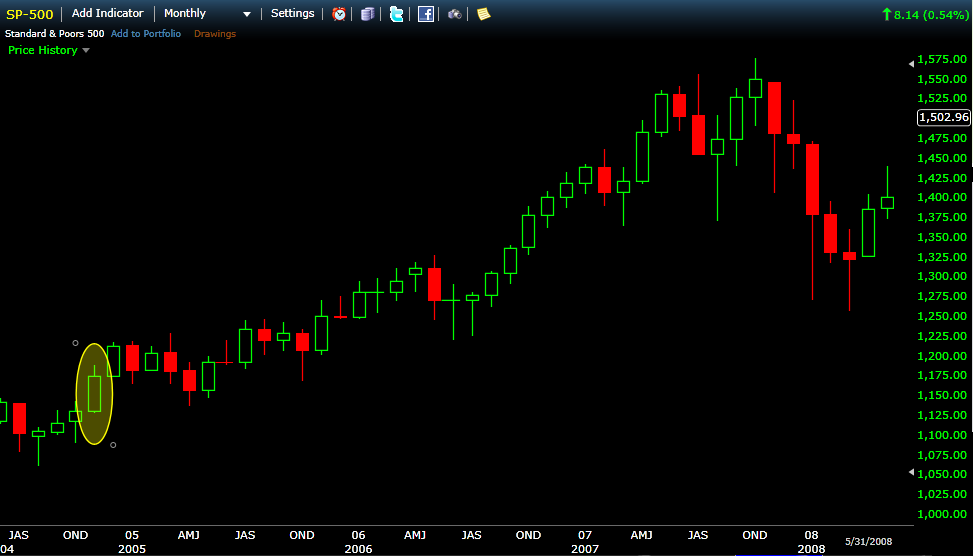Apple had one the greatest runs in the history of markets, maybe the greatest, but that’s over so who might be the next $AAPL?
Google?
Is $GOOG too large already with a market cap of 250B plus? Maybe. The stock is a nine bagger so far from its IPO auction price of 85 in 2004. That ain’t too shabby so maybe its already well on its way. Could it quadruple from here and become the first trillion dollar company?
Its such a dynamic company who knows what could be their next mega earnings accelerator. Like a great boxer they come at you from multiple angles. Mobile advertising is already ramping, hardware, high speed access, social, Google Glass driverless cars…
LinkedIn?
$LNKD is making a new all time high as I type. They are the one company that appears to be getting social right by not only quickly growing users but revenue as well. They have tapped their platform into the professional and enterprise and disrupted the job search industry. Plus, they have extraordinary management and remain focused.
Amazon?
$AMZN is another company that has managed to transcend its primary business, e-commerce, by growing web services and a leader in the cloud. $AMZN is also now a hardware company with Kindle and has brilliantly tied this to its e-commerce business leveraging both. They have genius leadership and I wonder what they will look like when they finally grow to the point of being so big that they can ratchet margins though perhaps the street is already discounting this given the high some might say absurd valuation.
Facebook?
My gut is to say that $FB will not be the one but perhaps I am affected by recency effects and the IPO debacle still lingers. It is too soon to tell if their recent search initiatives might have anything close to the profound revenue x great margins impact $GOOG search experienced but with a billion users and fast growing mobile usage, it might be too soon to tell.
I also love that for such a large company, they still have the ability to move quickly. Such an ethos can they continue it will somewhere somehow provoke a profound serendipity.
Apple?
Could $AAPL be the next $AAPL? Technicians will tell you that after so much technical damage from 705 to 440, the stock needs time to repair itself before it can truly make an epic run. I buy that. But I also think that the market will go bizonkers if they ever do come up with the next great device which finally and resolutely converges the computer and the television.
Twitter?
One day, we might all look back at the lights going out during the Super Bowl as one of those transformative moments when a company realizes where its potential lies. For those not familiar, Oreo’s was incredibly quick to capitalize on the blackout with an on the fly and topical “you can still dunk in the dark” ad campaign.
This will begin happening more locally as well and I was greeted today by $SBUX quickly buying up Twitter Trending searches related to the big storm now settling over the northeast US and then putting up some clever social ad content.
$TWIT might also wind up being the real time search play though they still have a formidable task ahead in that regard.
All of the companies I mention are already leaders in a way and all of them have or are in the process of transforming themselves into something wholly greater than their primary businesses.
??????
Perhaps, the next $AAPL will not be so obvious as the examples I have cited above and will, like Malamud’s Hobbs, come from out of nowhere.
Thoughts?








